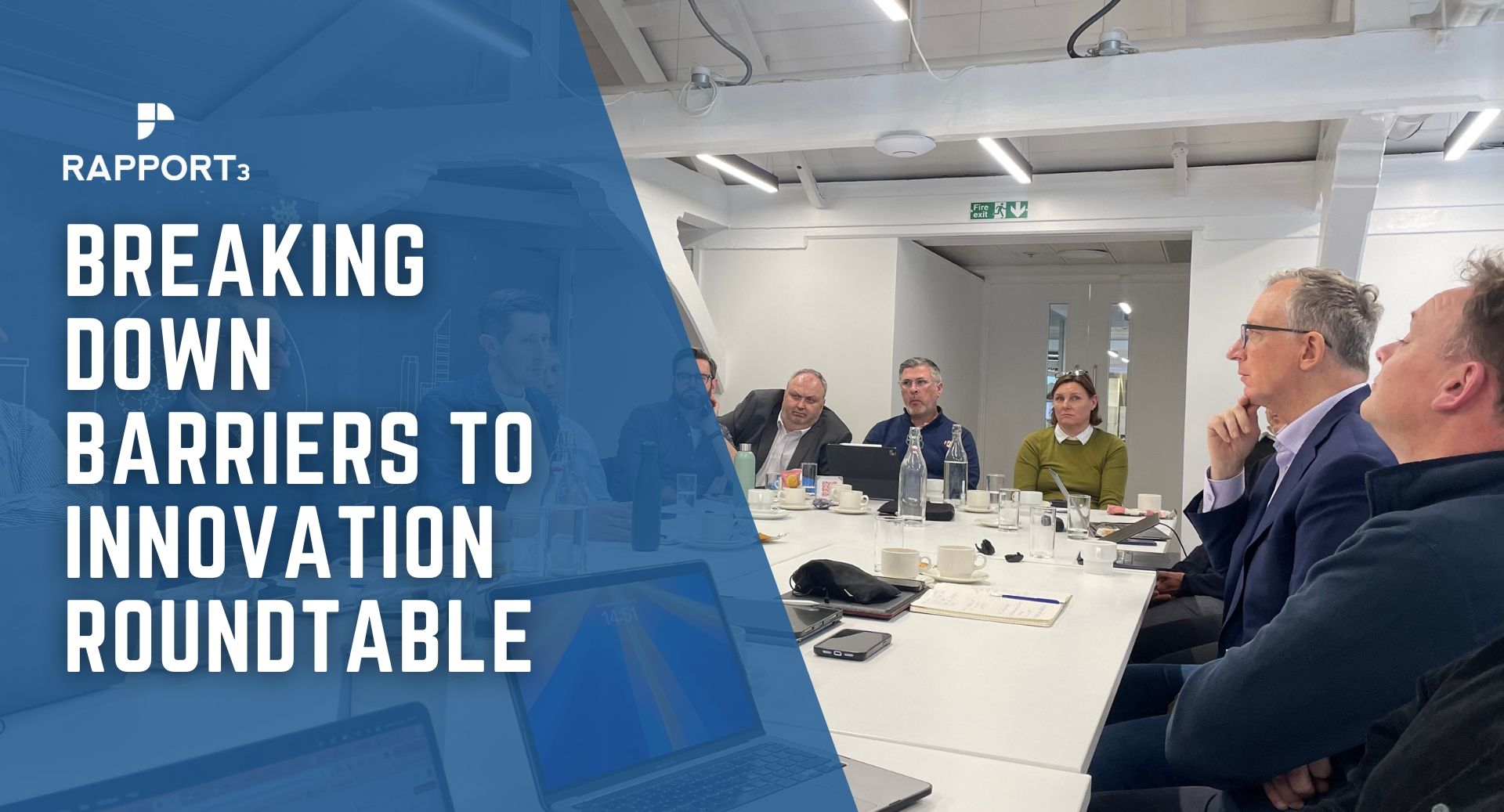David Chipperfield Architects Transformation with Rapport3
In today's competitive architecture, engineering, and construction (AEC) industries, a firm's ability to manage its projects effectively is just as important as the quality of its designs. For David Chipperfield Architects, the drive to maintain high design standards while gaining critical insights from data led to an impactful digital transformation. At the heart of this change was implementing Rapport3, a practice management platform that streamlines complex project management, integrates data insights, and supports day-to-day operations.
Recently, we had the pleasure of hosting a webinar with David Chipperfield Architects and Innovia to discuss this journey. Here's a closer look at the key insights from the webinar and the lessons other AEC firms can draw from David Chipperfield Architect's experience.
Defining the Challenge: Data-Driven Decision Making
David Chipperfield Architects faced challenges that are all too common among growing architecture firms. As they began winning larger, high-stakes projects, their leadership realised that their project management system lacked the rigour to support complex data requirements. Without a reliable way to gather, process, and analyse data in real-time, they made decisions without all the necessary insights. Rowley Mossop from Innovia Partners emphasised this as a critical moment in David Chipperfield Architect's development, noting that "flying blind" was no longer an option for a firm of their calibre and ambition.
This realisation sparked a commitment from David Chipperfield Architect's leaders to invest in a system that could bring visibility, agility, and a holistic approach to project and financial management. As Innovia guided David Chipperfield Architects in defining their vision, it became clear that they needed to move away from intuition-based decision-making to a data-centric approach that could provide the necessary foundation for a digital studio. That's where Rapport3 came in.
The Foundation of Success: Strategic Planning and Pre-Project Work
Before implementing Rapport3, Innovia Partners and David Chipperfield Architects dedicated substantial time to pre-project work, a step that Mossop credits as "the difference between a successful implementation and one that fails to meet expectations." This stage involved thoroughly assessing David Chipperfield Architects' operational needs, defining project benchmarks, and setting realistic goals for what the new practice management system should achieve.
David Chipperfield Architects' leadership team took the time to understand what metrics were most crucial to their practice style and business objectives. For example, benchmarks such as compensation as a proportion of net fee revenue or revenue at risk were identified as valuable metrics that could drive better financial decisions. Defining these metrics was not a simple task; it required David Chipperfield Architects to identify gaps in their data processes, understand the specific needs of architects and project teams, and determine how best to integrate financial and operational data.
This planning laid the groundwork for a successful transition. In doing so, David Chipperfield Architects set an essential precedent: strategic change requires an in-depth understanding of where you are, where you want to go, and what tools can help get you there. For any architecture firm considering digital transformation, this pre-project phase is crucial to align expectations and avoid costly missteps later.
Implementing Rapport3: Building a Centralised Data Model
With a strategic roadmap, David Chipperfield Architects and Innovia began implementing Rapport3 to establish a single, trusted source of truth across departments. This involved consolidating data from scattered sources, defining data ownership, and aligning processes to ensure everyone—from project architects to finance directors—could access the same information. The goal was to create a centralised data model to improve accuracy and encourage collaboration.
Lex Schaul, David Chipperfield Architects' Head of Transformation and Knowledge, described this transformation as essential in building trust across the organisation. Previously, David Chipperfield Architects struggled with inconsistent data, misaligned processes, and a lack of real-time insights into project and financial health. With Rapport3, however, they built a centralised data library, integrating essential information on project finance, resourcing, and performance.
This new structure empowered David Chipperfield Architects to make informed decisions based on data they could trust, a shift that Mossop noted had significant cultural implications. In an industry where decision-makers are often driven by experience and intuition, moving to a data-driven model represented a major cultural shift for David Chipperfield Architects. However, by bringing key stakeholders on board and engaging them in the change process, David Chipperfield Architects succeeded in laying a foundation for future growth.
Empowering Teams with Interactive Power BI Dashboards
One of the defining aspects of David Chipperfield Architects' transformation was their innovative use of Power BI dashboards integrated with Rapport3. These interactive dashboards allowed users across the organisation to visualise data, track project performance, and quickly identify potential issues. In the past, David Chipperfield Architects had no consistent way to analyse project timelines, cost overruns, or staffing requirements in real time. By leveraging Power BI, David Chipperfield Architects was able to give everyone in the organisation—regardless of their technical expertise—access to insightful data.
As Schaul explained, visualising data was key to building a culture of transparency and accountability. For example, dashboards were created to track staff time across projects, enabling David Chipperfield Architects to analyse where time was being overutilised or underutilised. This also allowed for a more accurate approach to tracking overtime, with Power BI helping automate the process of compensating overtime with time off in lieu. Schaul noted that this shift encouraged employees to record time more accurately, as they could now see the direct impact of their entries on project resourcing and financial health.
Another advantage of these Power BI dashboards was their ability to adapt to user needs. David Chipperfield Architects was able to customise dashboards to display information relevant to different teams, such as project architects, finance teams, and directors, allowing each group to gain insights tailored to their responsibilities. This level of customisation improved the data quality and drove home the idea that data is a valuable resource to be utilised actively rather than something siloed within departments.
Fostering Cultural Change and Transparency
One of the biggest challenges in implementing a new system like Rapport3 is fostering cultural change. At David Chipperfield Architects, this process involved moving from a "change-neutral" culture to a "change-forward" one, where employees at all levels were encouraged to engage with the transformation. Innovia helped David Chipperfield Architects' leadership achieve this by employing structured change management principles, including regular communication, leadership accountability, and team engagement.
Rowley Mossop from Innovia explained that in architecture, design, and engineering, the success of any transformation is contingent on aligning the values of the firm with the goals of the change. Employees who are deeply invested in their work need to understand not only the "how" but also the "why" behind changes. David Chipperfield Architects achieved this by incorporating feedback loops into their implementation strategy. Employees could see that their input was valued and that their feedback led to tangible improvements in the dashboards and tools they were using.
One effective strategy was to conduct regular check-ins and feedback sessions, during which team members could share their experiences, highlight challenges, and suggest improvements. This consistent engagement helped turn initial resistance into active support, as employees felt they had a voice in the transformation. This approach also helped address data completion and accuracy concerns, which were initially significant issues at David Chipperfield Architects. By making data entry collaborative and building trust in the collected data, David Chipperfield Architects fostered a data-driven culture that improved overall project and financial management.
Key Benefits of Using Rapport3 for Project Management
Flexibility and Adaptability
Rapport3's flexible framework allowed David Chipperfield Architects to adapt project management approaches to meet the unique demands of each project. This adaptability was invaluable for high-profile and complex projects like those handled by David Chipperfield Architects. It allowed them to scale up or down as needed while maintaining control over project metrics and outcomes.
Real-Time Visibility Across Projects
With Power BI dashboards and the centralised data model, David Chipperfield Architects gained a real-time view of project performance, resourcing, and profitability. This visibility enabled project managers and architects to make proactive decisions and address issues before they could impact project timelines or budgets.
Increased Team Collaboration
Rapport3 enabled David Chipperfield Architects to improve communication and coordination by creating a shared data source and encouraging cross-departmental collaboration. Teams could work from a single source of truth, fostering a collaborative environment that aligned financial, operational, and creative objectives.
Enhanced Support for Remote and Hybrid Work
The transition to a cloud-based system enabled David Chipperfield Architects' teams to access critical project information from anywhere, supporting remote and hybrid work. This feature proved especially valuable during the COVID-19 pandemic, allowing employees to continue managing projects effectively despite changing work environments.
Looking Ahead: Continuous Improvement with Rapport3
David Chipperfield Architects' journey with Rapport3 is a testament to the potential of digital transformation in the AEC industry. The firm's thriving practice management system implementation demonstrates how strategic planning, team engagement, and data transparency can create a foundation for growth and innovation. However, as Schaul pointed out, transformation is an ongoing process. The work doesn't end with the implementation; it requires continuous refinement and adaptation as the organisation's needs evolve.
For David Chipperfield Architects, the next steps involve further enhancing their data model, refining reporting metrics, and building a culture that embraces data at every level. The firm has also embarked on a five-year plan to continue developing its information systems and knowledge management processes, a testament to its commitment to continuous improvement.
Why Rapport3?
"Cubic as a company and the people behind Rapport3 are incredible to work with. We have brought them a lot of very complex projects, and they have engaged with us to help us solve them. We followed their program as much as we could, and they've always been able to help us solve our problems aswell." - Lex Schaul
David Chipperfield Architects' experience with Rapport3 underscores the platform's unique ability to support complex, design-oriented practices with flexible, data-driven solutions. Whether you're an architectural firm managing high-stakes projects or a smaller practice looking to gain better visibility into project performance, Rapport3 offers the tools, support, and insights to achieve your goals.
As David Chipperfield Architects' journey illustrates, embracing digital transformation is not simply about adopting new software; it's about fostering a culture that values data, collaboration, and continuous improvement. If you're ready to take your practice management to the next level, consider exploring what Rapport3 can do for your firm.
Book a personalised demo with our team today to see the platform in action.










